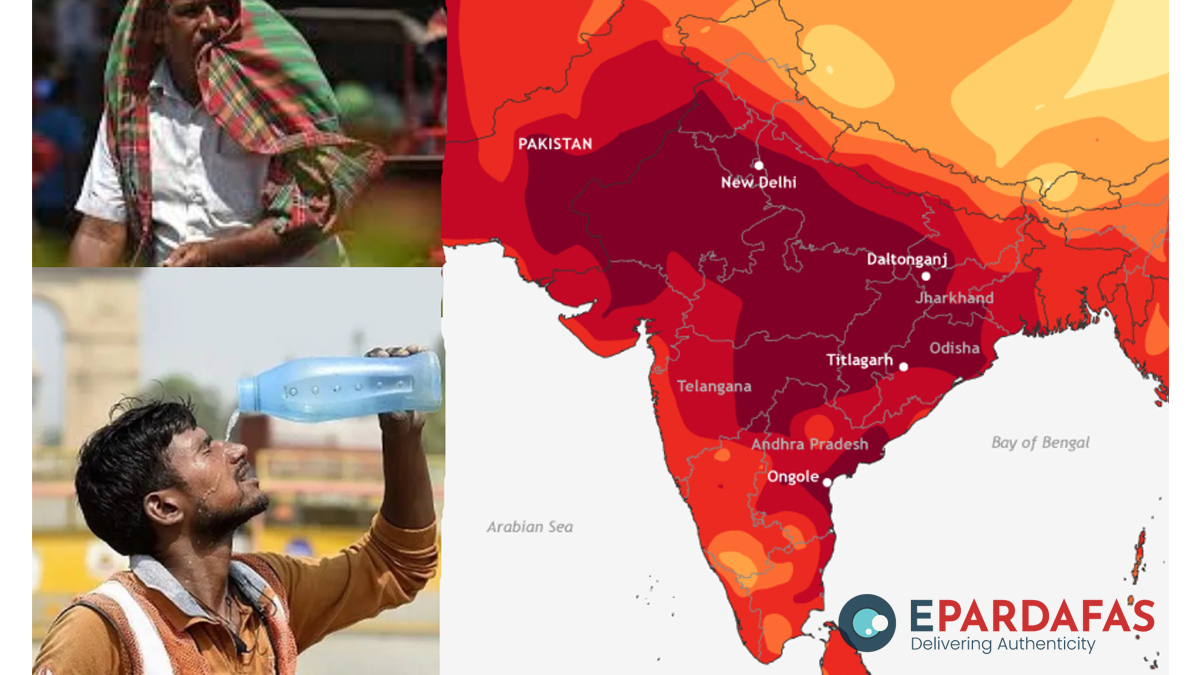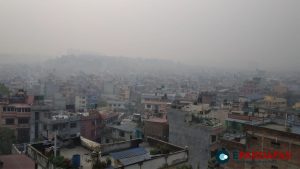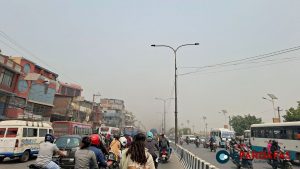
India Braces for Intense Summer with Increased Heatwave Days
India can expect hotter-than-usual temperatures this summer, with more heatwave days posing a serious threat to lives and livelihoods, the Indian Meteorological Department (IMD) warned. The country is no stranger to scorching summers, but scientific research has shown that climate change is making heatwaves longer, more frequent, and more intense.
Summer in India lasts from April to June, with temperatures often soaring past 45 degrees Celsius (113 degrees Fahrenheit) at the peak of the season. This year, the IMD forecasted “above-normal” maximum temperatures across most parts of the country. The number of heatwave days, when temperatures rise several degrees above the long-term average, is also expected to increase.
“Up to 10 heatwave days or even more can be expected, especially over east India,” IMD chief Mrutyunjay Mohapatra said, warning that prolonged heat could lead to severe heat stress. Typically, India experiences four to seven heatwave days between April and June. The rising temperatures pose a significant risk to vulnerable groups, including infants, the elderly, people with health conditions, and outdoor workers.
Heat stress can trigger symptoms ranging from dizziness and headaches to organ failure and death. Urban residents face additional risks due to the heat-absorbing properties of concrete, brick, and asphalt, which exacerbate the urban heat island effect. Prolonged extreme heat can also strain critical infrastructure, including power grids and transportation systems.
To address these challenges, the IMD emphasized the need for heat action plans. “This includes providing access to cooling centers, issuing heat advisories, and implementing strategies to alleviate urban heat island effects in affected areas,” the agency said.
India endured its longest-ever heatwave last year, with temperatures regularly exceeding 45 degrees Celsius. The World Health Organization estimates that heat kills at least half a million people annually, though it warns the actual number could be up to 30 times higher.













Comments